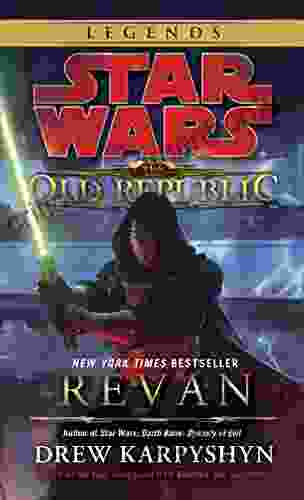From Time to Time: A Journey Through the History of Timekeeping

4.2 out of 5
| Language | : | English |
| File size | : | 6880 KB |
| Text-to-Speech | : | Enabled |
| Screen Reader | : | Supported |
| Enhanced typesetting | : | Enabled |
| Word Wise | : | Enabled |
| Print length | : | 308 pages |
Time is one of the most fundamental and mysterious aspects of our existence. We measure it, track it, and obsess over it. But what exactly is time, and how did we come to measure it so precisely?
The history of timekeeping is a fascinating journey of human ingenuity and innovation. From the ancient sundial to the modern atomic clock, humans have been developing ever more accurate ways to measure the passage of time.
The Sundail: The First Timekeeper
The sundial is the oldest known timekeeping device, dating back to ancient Egypt around 3500 BCE. A simple but ingenious device, the sundial measures time by the position of the sun's shadow. As the sun moves across the sky, the shadow of the sundial's gnomon (a vertical rod) moves across the dial, indicating the time.

Sundials were widely used throughout the ancient world, and they remained the primary timekeeping device until the invention of the mechanical clock in the 14th century. Even today, sundials can be found in many public spaces, serving as both a reminder of our history and a beautiful way to mark the passage of time.
The Water Clock: A More Accurate Measure
Around 2500 BCE, the ancient Egyptians invented the water clock, a more accurate timekeeping device than the sundial. Water clocks work by measuring the flow of water from one container to another. The rate of flow is carefully calibrated, so that the amount of water that flows out in a given amount of time is always the same.
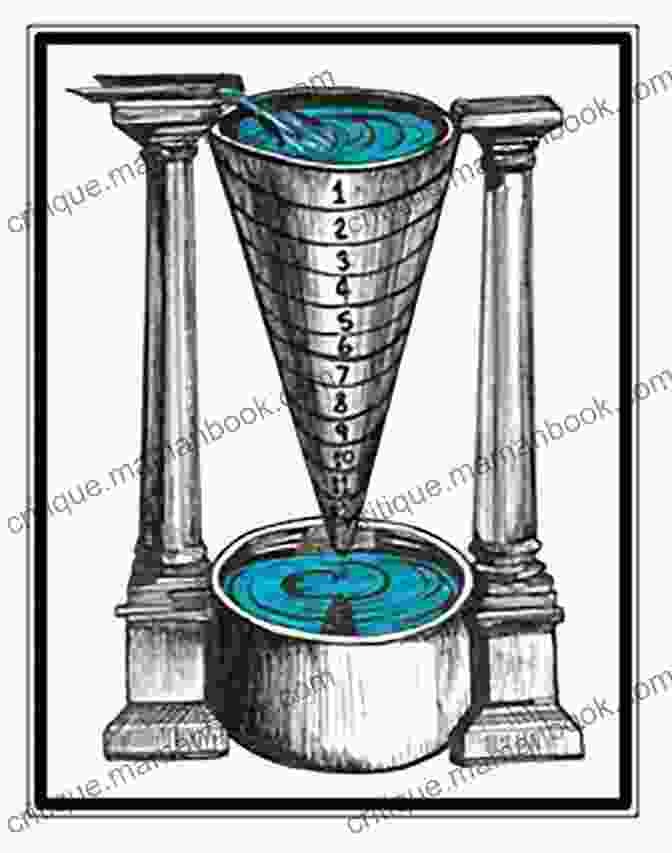
Water clocks were used for centuries, and they were particularly popular in ancient Greece and Rome. They were used to measure the length of speeches in the Roman Senate, and they were also used to regulate the flow of water in public baths.
The Hourglass: A Simple and Portable Timekeeper
In the 14th century, the hourglass was invented. A simple but effective device, the hourglass consists of two glass bulbs connected by a narrow neck. The bulbs are filled with sand, and when the hourglass is turned upside down, the sand flows from the top bulb to the bottom bulb. The amount of time it takes for all the sand to flow down is carefully calibrated, so that the hourglass can be used to measure a specific interval of time.
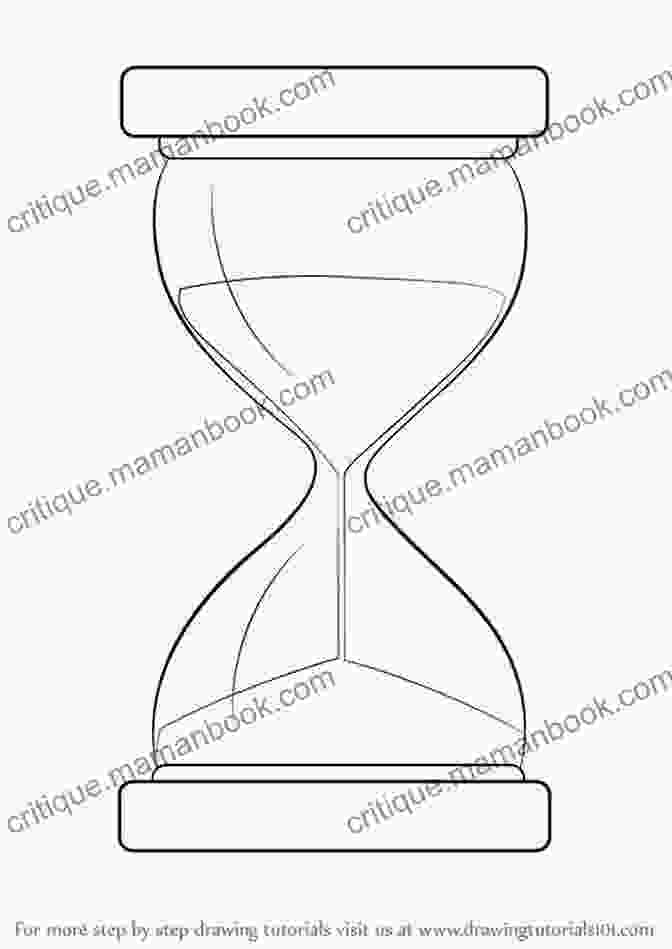
Hourglasses were widely used for centuries, and they were particularly popular for measuring the length of sermons and lectures. They were also used in navigation, to measure the speed of ships.
The Mechanical Clock: A Major Advance in Timekeeping
The mechanical clock was invented in the 14th century, and it represented a major advance in timekeeping. Mechanical clocks use a pendulum or a balance wheel to regulate the flow of time, and they are much more accurate than sundials or water clocks. The first mechanical clocks were large and expensive, but over time they became smaller and more affordable.
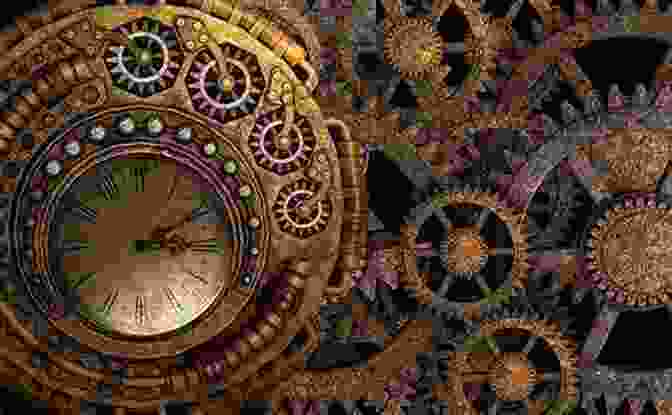
Mechanical clocks quickly became the standard for timekeeping, and they were used in a wide variety of applications, from navigation to astronomy. They also played a major role in the development of modern science, as they allowed scientists to measure time intervals with greater accuracy.
The Pendulum Clock: A More Accurate Mechanical Clock
In the 16th century, the pendulum clock was invented. The pendulum clock uses a pendulum to regulate the flow of time, and it is much more accurate than a mechanical clock with a balance wheel. The pendulum clock was invented by Christiaan Huygens, a Dutch scientist, and it quickly became the standard for timekeeping in astronomy and navigation.
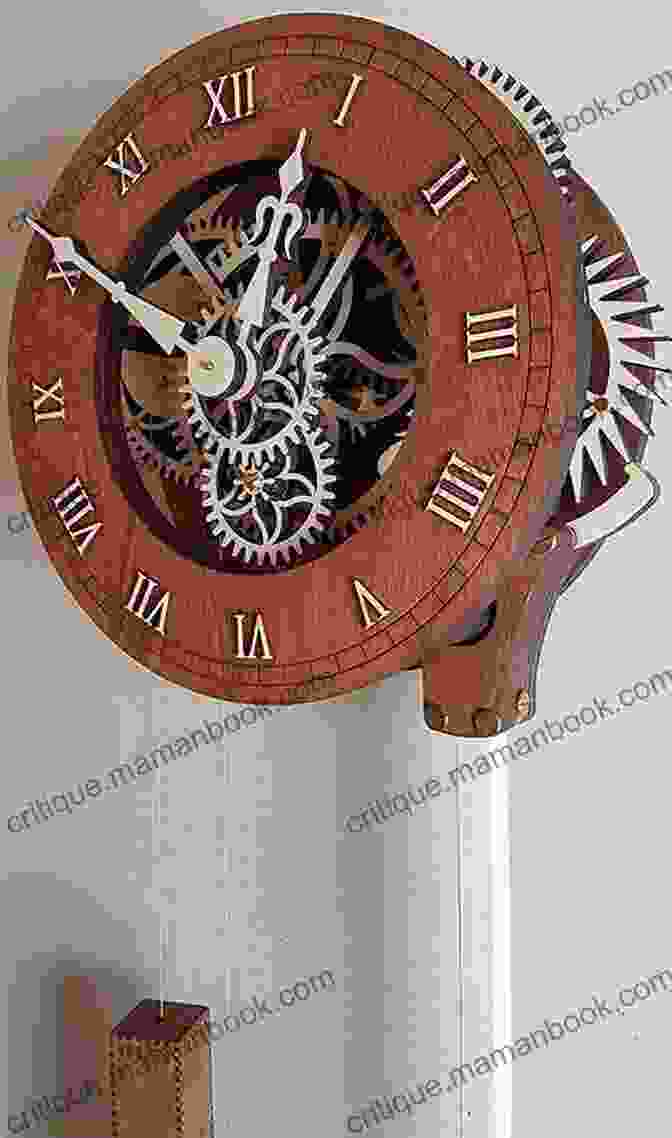
Pendulum clocks were used for centuries, and they remained the most accurate timekeeping devices until the invention of the atomic clock in the 20th century.
The Atomic Clock: The Most Accurate Timekeeper
The atomic clock was invented in the 1940s, and it is the most accurate timekeeping device ever invented. Atomic clocks use the vibrations of atoms to regulate the flow of time, and they are accurate to within a few seconds over a period of many years. Atomic clocks are used in a wide variety of applications, from navigation to telecommunications. They are also used to calibrate other timekeeping devices, such as
4.2 out of 5
| Language | : | English |
| File size | : | 6880 KB |
| Text-to-Speech | : | Enabled |
| Screen Reader | : | Supported |
| Enhanced typesetting | : | Enabled |
| Word Wise | : | Enabled |
| Print length | : | 308 pages |
Do you want to contribute by writing guest posts on this blog?
Please contact us and send us a resume of previous articles that you have written.
 Top Book
Top Book Novel
Novel Fiction
Fiction Nonfiction
Nonfiction Literature
Literature Paperback
Paperback Hardcover
Hardcover E-book
E-book Audiobook
Audiobook Bestseller
Bestseller Classic
Classic Mystery
Mystery Thriller
Thriller Romance
Romance Fantasy
Fantasy Science Fiction
Science Fiction Biography
Biography Memoir
Memoir Autobiography
Autobiography Poetry
Poetry Drama
Drama Historical Fiction
Historical Fiction Self-help
Self-help Young Adult
Young Adult Childrens Books
Childrens Books Graphic Novel
Graphic Novel Anthology
Anthology Series
Series Encyclopedia
Encyclopedia Reference
Reference Guidebook
Guidebook Textbook
Textbook Workbook
Workbook Journal
Journal Diary
Diary Manuscript
Manuscript Folio
Folio Pulp Fiction
Pulp Fiction Short Stories
Short Stories Fairy Tales
Fairy Tales Fables
Fables Mythology
Mythology Philosophy
Philosophy Religion
Religion Spirituality
Spirituality Essays
Essays Critique
Critique Commentary
Commentary Glossary
Glossary Bibliography
Bibliography Index
Index Table of Contents
Table of Contents Preface
Preface Introduction
Introduction Foreword
Foreword Afterword
Afterword Appendices
Appendices Annotations
Annotations Footnotes
Footnotes Epilogue
Epilogue Prologue
Prologue Amy Harmon
Amy Harmon Takehiko Inoue
Takehiko Inoue Jack Buckley
Jack Buckley Elana Johnson
Elana Johnson Robert Browning
Robert Browning H E Bates
H E Bates Bodo B Schlegelmilch
Bodo B Schlegelmilch Allen Keith
Allen Keith Susan Masters
Susan Masters Marcus Alexander Hart
Marcus Alexander Hart Jon Petruschke
Jon Petruschke Darius Ilgunas
Darius Ilgunas Layne Fargo
Layne Fargo Paul Doiron
Paul Doiron Jerry D Young
Jerry D Young Adam Jackson
Adam Jackson G S Jennsen
G S Jennsen Jeff Hertzberg
Jeff Hertzberg Rayven T Hill
Rayven T Hill Mark Roncace
Mark Roncace
Light bulbAdvertise smarter! Our strategic ad space ensures maximum exposure. Reserve your spot today!

 Harrison BlairFrench Renaissance and Baroque Drama: Text, Performance Theory, and Long-Tail...
Harrison BlairFrench Renaissance and Baroque Drama: Text, Performance Theory, and Long-Tail...
 Douglas PowellUnveiling the Bone Cage: A Detailed Examination of Catherine Banks' Chilling...
Douglas PowellUnveiling the Bone Cage: A Detailed Examination of Catherine Banks' Chilling... Henry Wadsworth LongfellowFollow ·13k
Henry Wadsworth LongfellowFollow ·13k Donald WardFollow ·17.1k
Donald WardFollow ·17.1k Phil FosterFollow ·10k
Phil FosterFollow ·10k Ike BellFollow ·3.2k
Ike BellFollow ·3.2k Tim ReedFollow ·12.1k
Tim ReedFollow ·12.1k Colby CoxFollow ·19.6k
Colby CoxFollow ·19.6k Jamal BlairFollow ·7.6k
Jamal BlairFollow ·7.6k Ezekiel CoxFollow ·14.7k
Ezekiel CoxFollow ·14.7k
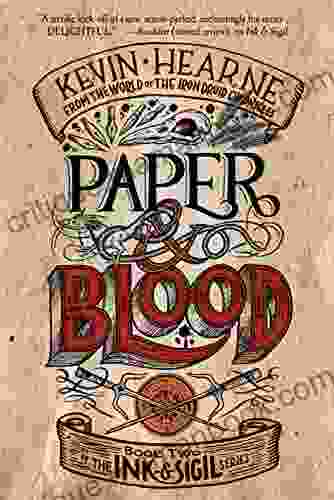
 Dan Henderson
Dan HendersonPaper Blood: Two of the Ink Sigil
By D.S. Otis In...

 Joseph Conrad
Joseph ConradStarting Up: Critical Lessons from 10 New Schools
Starting a new school...

 William Powell
William PowellThe Peculiar World of Funny Science Fiction Comedy: Where...
Prepare yourself for an...
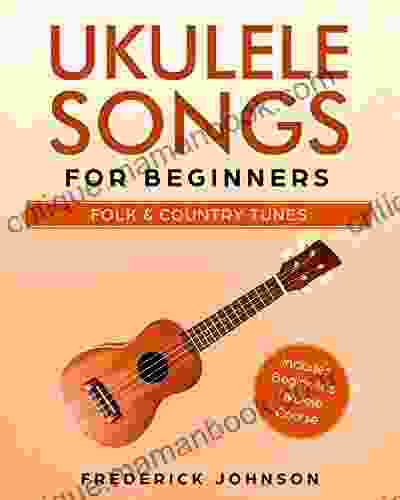
 Edgar Hayes
Edgar HayesUkulele Songs for Beginners: A Comprehensive Guide to...
Embark on a musical journey with the...

 Ralph Turner
Ralph TurnerDogs vs. Chickens: A Comprehensive Guide to Choosing the...
Dogs and chickens are both popular...
4.2 out of 5
| Language | : | English |
| File size | : | 6880 KB |
| Text-to-Speech | : | Enabled |
| Screen Reader | : | Supported |
| Enhanced typesetting | : | Enabled |
| Word Wise | : | Enabled |
| Print length | : | 308 pages |









